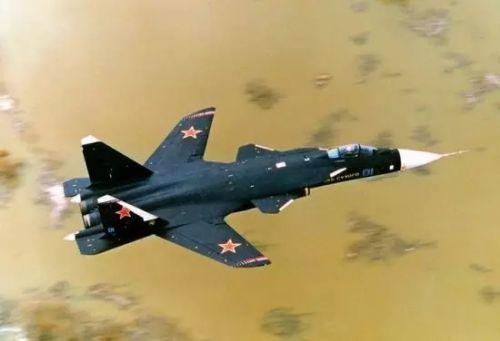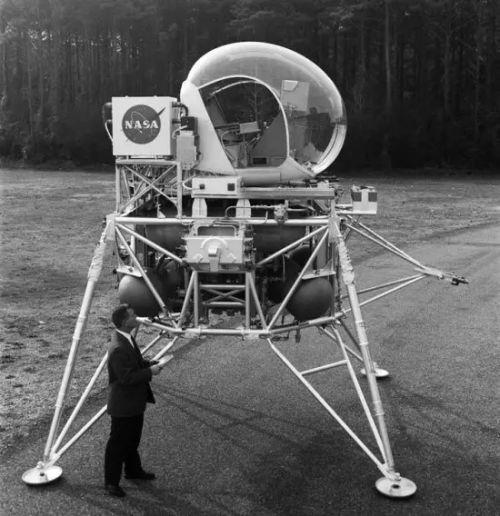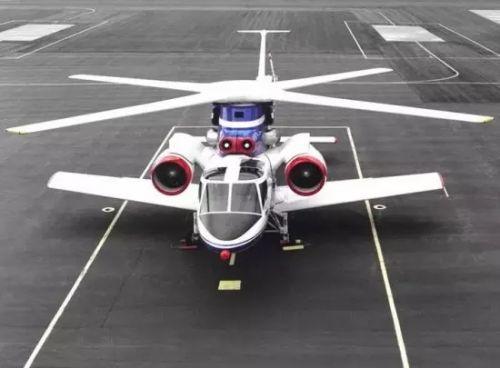Introduction: There have been a series of strange aircraft in human history, but for various reasons, most of these aircraft have not entered service. (Source: UFO Discovery Network)
There have been a series of strange aircraft in human history, but for various reasons, most of these aircraft have not entered service.
The lunar landing research aircraft, developed by Bell Aerospace Systems in 1964, is part of the Apollo moon landing program. This aircraft uses a jet engine and can take off and land vertically.
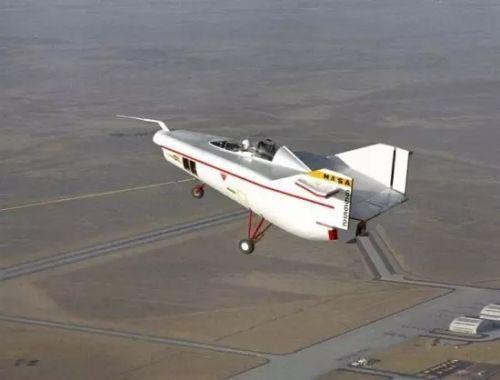 Lunar landing research machine
Lunar landing research machine Many experimental aircrafts are developed without the help of advanced computer and wind tunnel modeling technology, which makes them strange and advanced to an incredible extent. In the current field of aircraft design, engineers usually use computers and wind tunnels for modeling. M2-F1 aerospace vehicle is one of the first five aerospace vehicles developed in flight history. The aerodynamic lift of this aircraft comes from the fuselage, not the wings.
Rockwell developed the experimental aircraft HiMAT (acronym for highly maneuverable aircraft technology) for NASA and the US Air Force in 1979. This aircraft is a scaled down remote control aircraft for exploring future fighter technology.
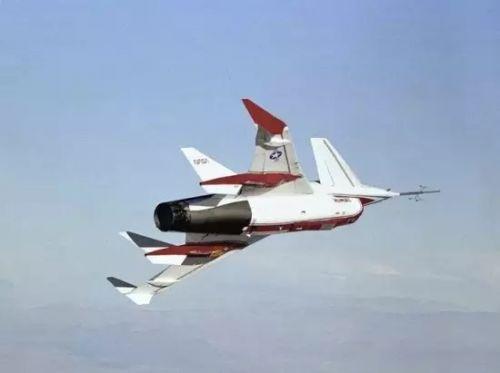 Experimental aircraft HiMA
Experimental aircraft HiMA Unfortunately, most of these pilot aircraft failed or never exceeded the prototype stage. However, they also played an important role in improving aircraft technology. The X-36 aircraft developed by McDonnell Douglas is a scaled down jet prototype used to test the flight performance of tailless aircraft. The X-36 aircraft was developed in 1997 and can be remotely controlled on the ground.
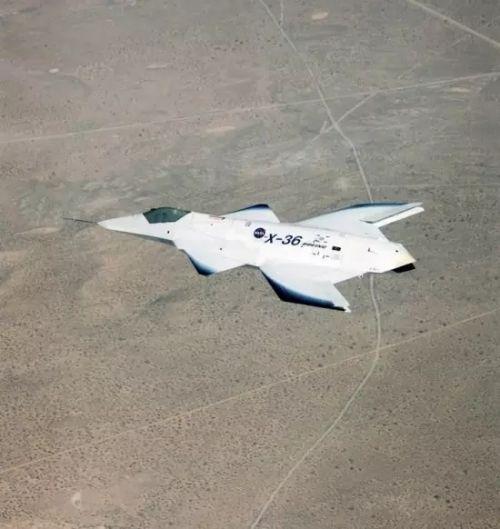 X-36 aircraft
X-36 aircraft AD-1 inclined wing aircraft was developed by Ames Industrial Company for NASA in 1979. The whole wing of AD-1 can rotate from 0 to 60 degrees during flight.
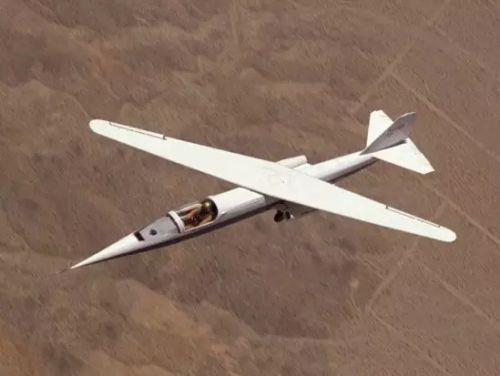 AD-1
AD-1 VZ-2 aircraft that can take off and land vertically adopts inclined wing design. On August 13, 1957, VZ-2 made its first flight and retired in Virginia in 1965.
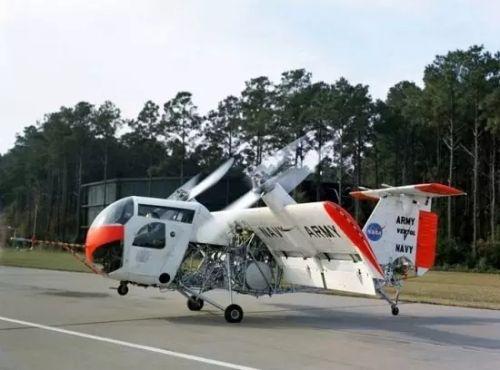 VZ-2
VZ-2 The MilV-12, made in the former Soviet Union, is the largest helicopter in the world. It is 28 meters long, 4.4 meters wide and 4.4 meters high. It uses a pair of rotors and is installed on the lateral wing.
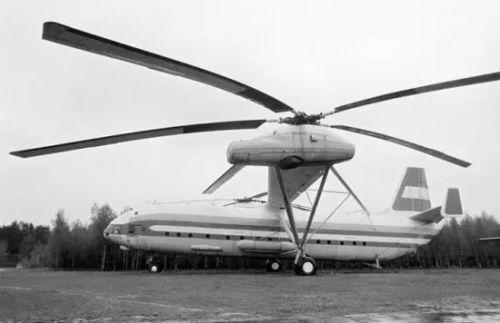 MilV-12
MilV-12 It was developed by Canadian companies for the US Air Force in 1958. This aircraft is designed to fly at three times the speed of sound. In 1961, Avrocar's development plan was forced to die prematurely. Although it was able to circle at a height of several meters from the ground, the engineer realized that Avrocar became unstable without tethers, and its maximum flight speed could only reach 56 kilometers per hour.
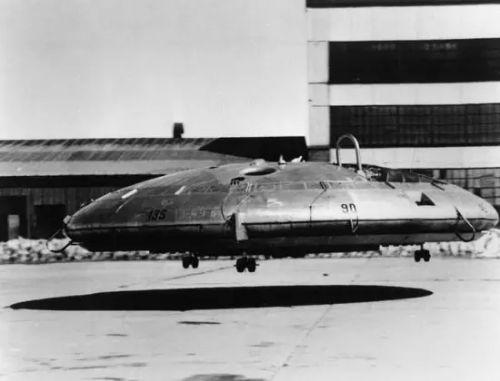 Avrocar
Avrocar Northrop XP-79B flying wing aircraft, developed by John Northrop for the US military in 1945, uses two jet engines.
The X-48B hybrid wing aircraft prototype is between the traditional aircraft and the flying wing aircraft. In design, it meets the military's needs for multi-functional, long-range and high-capacity military transport aircraft.
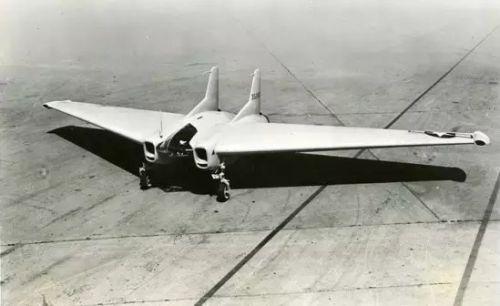 XP-79B flying wing aircraft
XP-79B flying wing aircraft HyperIII aircraft developed by NASA in 1969 is part of the aerospace development plan. In design, this aircraft uses short spherical stems or curved fuselage, with very small wings or no wings.
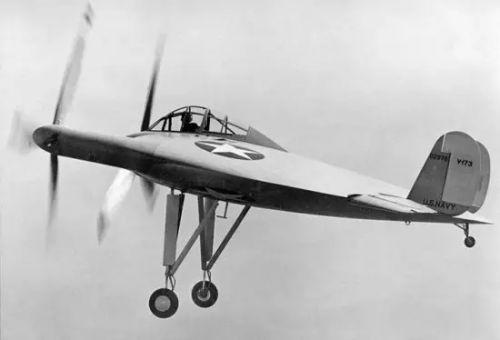 HyperIII
HyperIII Major Gerrod Guthrie stood in front of the HL-10 aircraft as part of the aerospace development program. This design improves the aerodynamic performance of the aircraft.
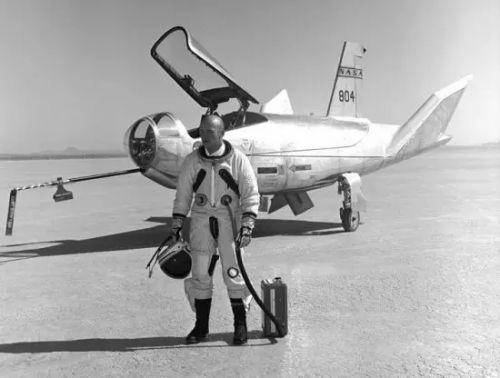 HL-10
HL-10 Su-47 "Golden Eagle" fighter is an experimental jet fighter developed by Russian Sukhoi Company. The Su-47 uses a pair of forward swept fixed wings, and the high lift drag ratio of the wing design can improve the maneuverability in supersonic flight.
Grumman developed the X-29 experimental aircraft for NASA in 1984 to verify the forward swept wing design. This aircraft can turn quickly in mid air, and the possibility of stalling at high angles of attack is very small.
The VZ-2 aircraft developed by Vertol is a tilting wing aerospace vehicle. On August 13, 1957, VZ-2 made its first flight and retired in Virginia in 1965. VZ-2 adopts inclined wing, which allows the rotor to lift like a helicopter.
LTVXC-142 tilt wing experimental aircraft was developed for the US military in 1964. At that time, the US military hoped to have an aircraft that could take off and land in a short distance and carry a large number of goods and fly long distances.
 A ground effect wing aircraft developed by the former Soviet Union is flying above the water.
A ground effect wing aircraft developed by the former Soviet Union is flying above the water. He has been in service since 1980. In 1997, NASA purchased this cargo plane. The "super guppy turbine" is bulbous in shape, nicknamed "pregnant guppy", and is manufactured by installing a new body onto an existing aircraft. During shooting, "Super Ponky" took off from Edwards Air Force Base and flew to the base of Johnson Space Center in California.
The lunar landing research aircraft, developed by Bell Aerospace Systems in 1964, is part of the Apollo moon landing program. This kind of aircraft uses a jet engine, which can take off and land vertically to help astronauts carry out moon landing simulation training.
X-wing experimental helicopter/fixed wing aircraft hybrid aircraft was developed by helicopter manufacturer Sikorsky for NASA in 1986. The rotor blades of this aircraft act as a pair of wings and can fly when the blades are not working.
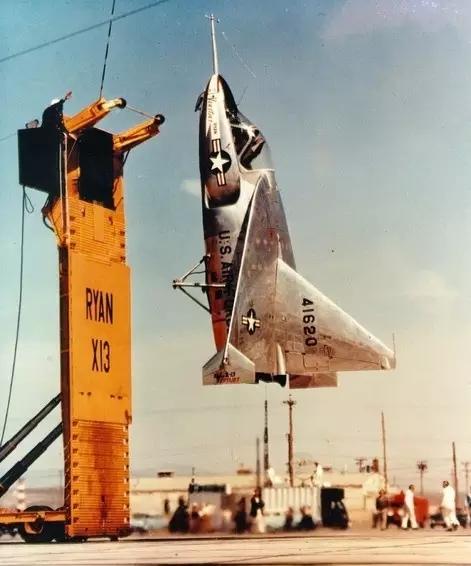 The X-13 VTOL aircraft developed by Ryanair Aircraft Company for the US Air Force in 1955 can take off and land vertically, fly horizontally and land vertically.
The X-13 VTOL aircraft developed by Ryanair Aircraft Company for the US Air Force in 1955 can take off and land vertically, fly horizontally and land vertically.











